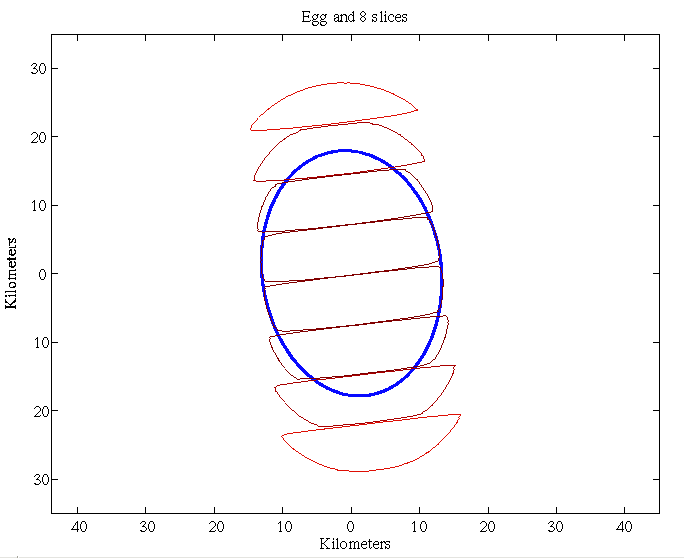

| Home Page | |
| FAQ | |
| Publications | |
| Documentation | |
| Software | |
| Movies | |
| Image Gallery | |
| Image Data | |
| Data Search | |
| Derived Products | |
| Related Links | |
| Contact Us | |
| SCP file site | |
Spatial Response of SeaWinds Measurements Imaging applications of SeaWinds on QuikSCAT and ADEOS II are facilitated by applying reconstruction and resolution enhancement algorithms to produce high resolution images of the surface normalized radar cross section (sigma-0). Such algorithms require a description of the spatial response functions of the measurements. The pencil-beam design of Seawinds, coupled with the onboard processing, results in a spatial response function with varies significantly between measurements and is a function of orbit and antenna position.
Computing the spatial response function is complicated and requires significant computation It requires evaluating the parameters of the radar equation as well as detailed knowledge of the orbit geometry and instrument processing. For this reason we have developed a method of pre-computing the response function and tabularizing it as a function of orbit and antenna position and other necessary parameters. For more details see the paper, I.S. Ashcraft and D.G. Long, "The spatial response function of SeaWinds backscatter measurements", in "Earth Observations Systems VIII", W.L. Barnes, ed., Proceedings of SPIE Vol. 5151, pp. 609-619, 3-6 Aug 2003. (PDF file) Separate tables are available for egg and slice measurements for each instrument range gate mode and software. Egg tables are available here while slice tables are available here. Software to reconstruct the simplified response function from the tables, given the orbit and instrument parameters from the QuikSCAT and SeaWinds L1B files, are available in both fortran and C. Some components are available for matlab. Software is available here. Note that the software and tables are copyright Brigham Young University, 2003. The software may be used for non-commerical purposes provided that proper acknowledgements are made and the paper mentioned above is cited. |
